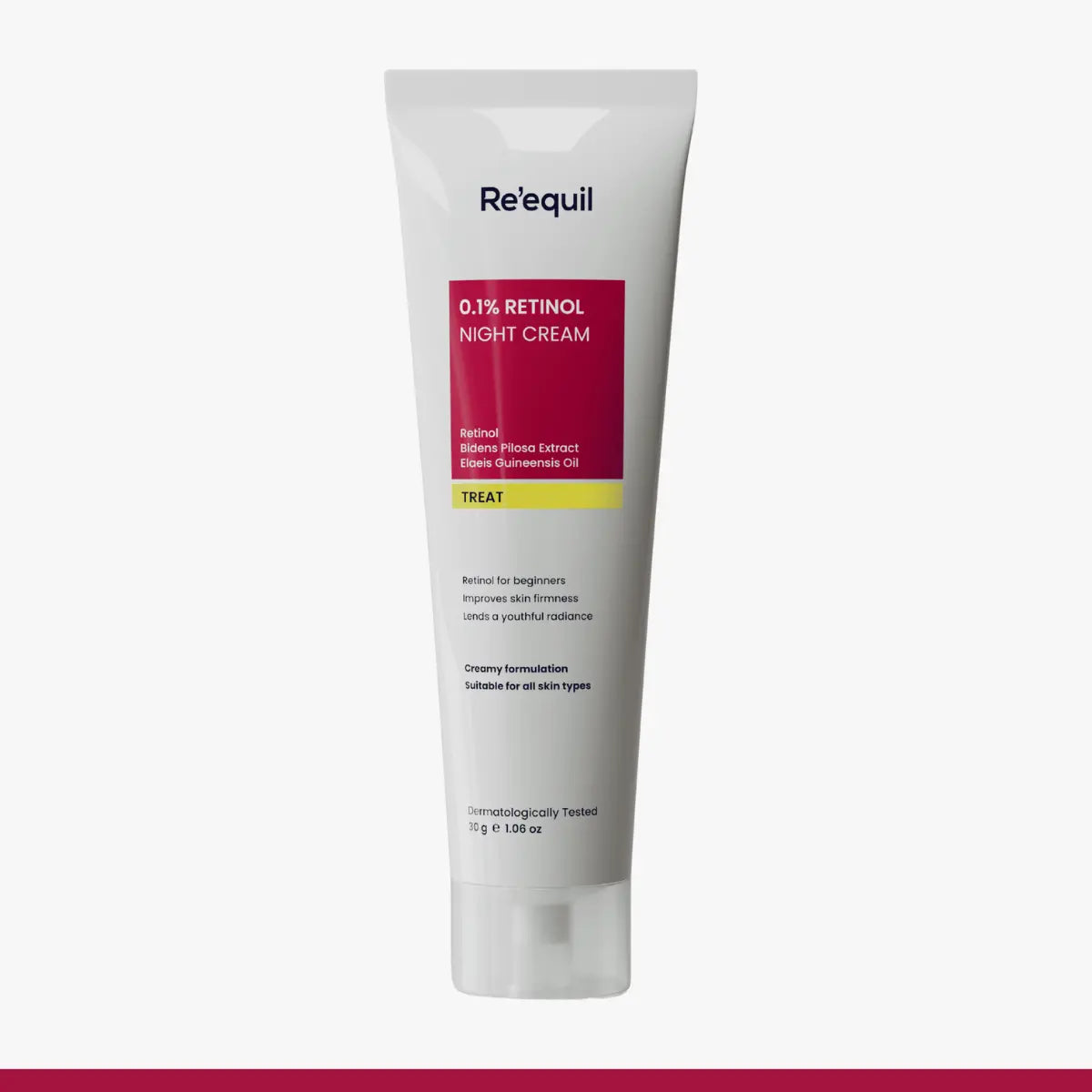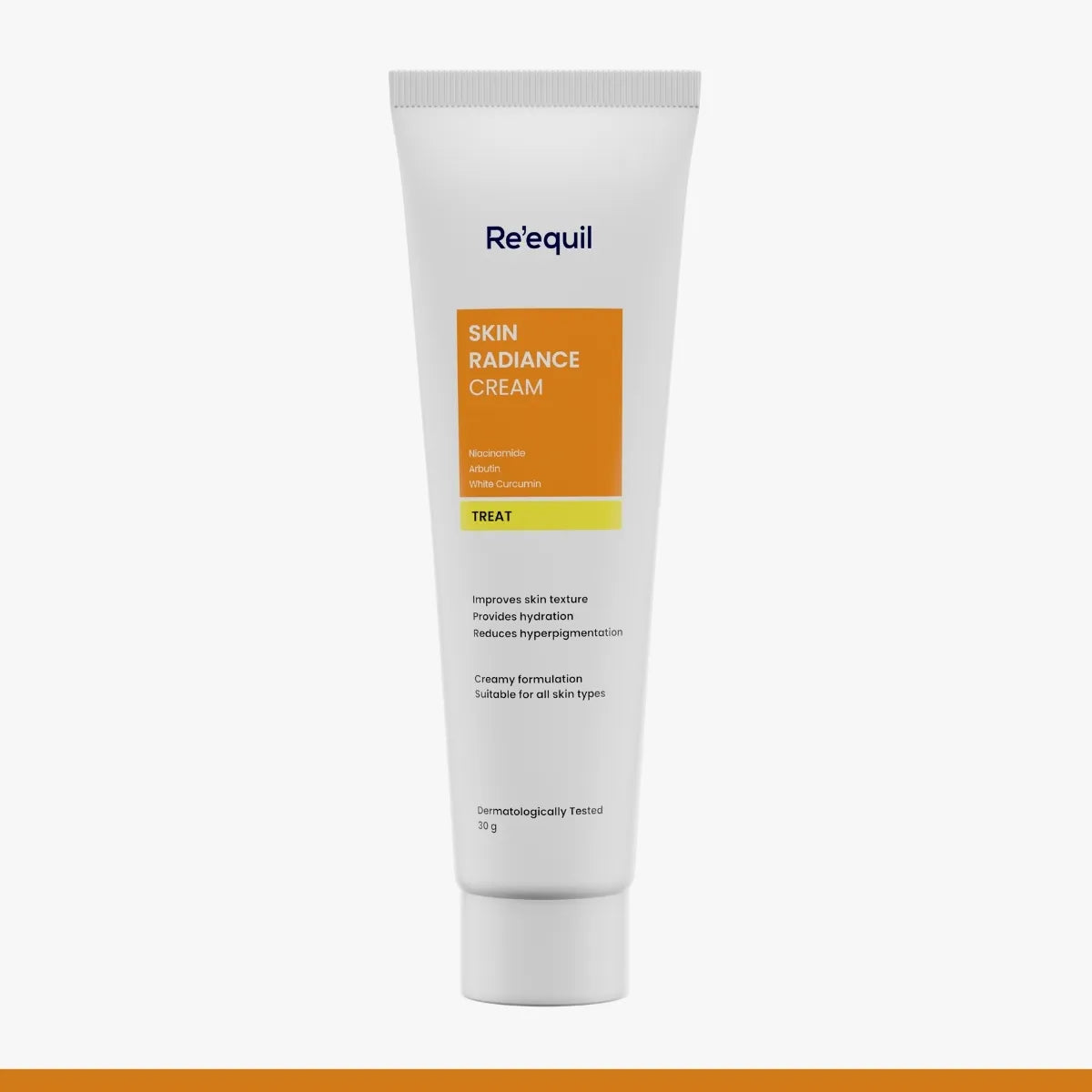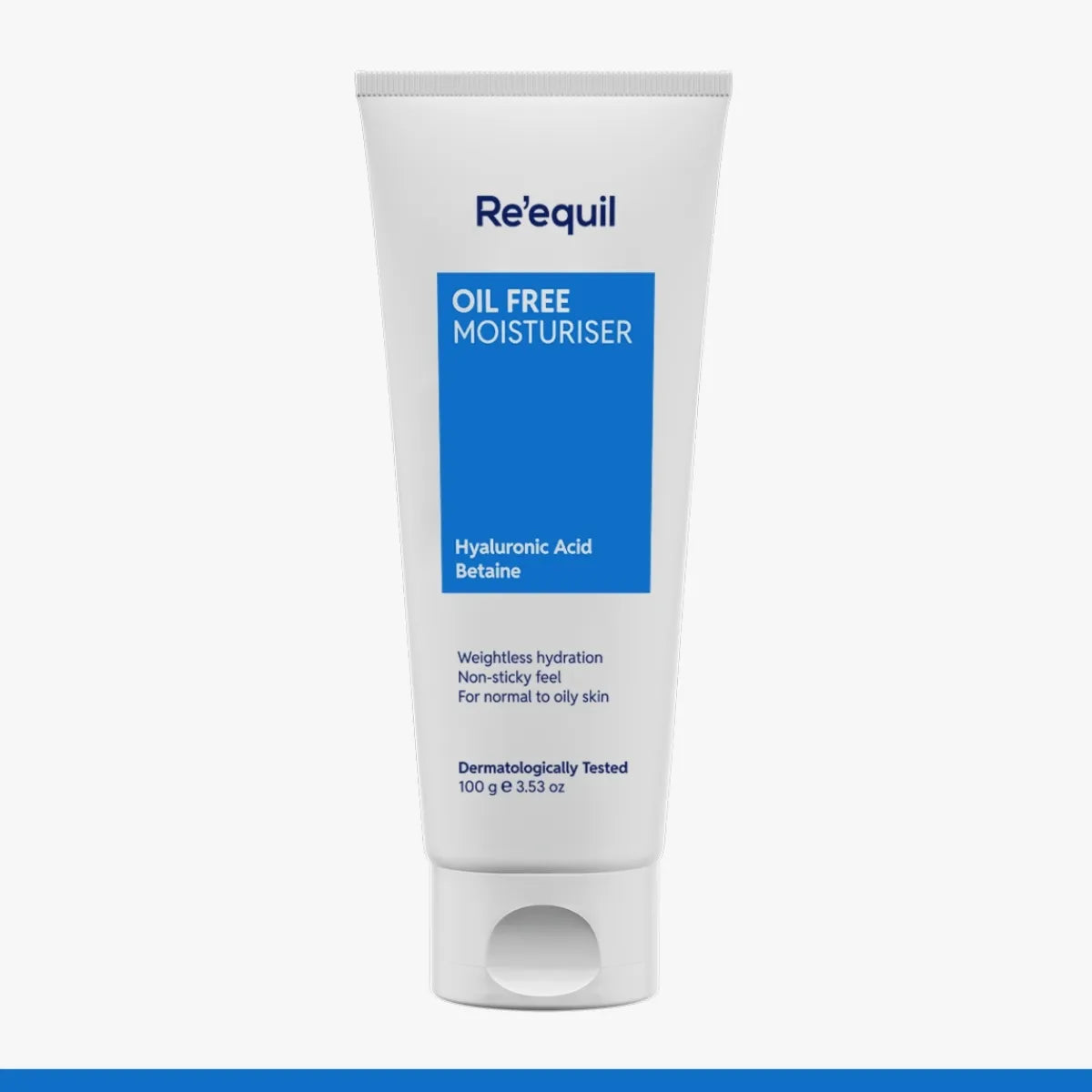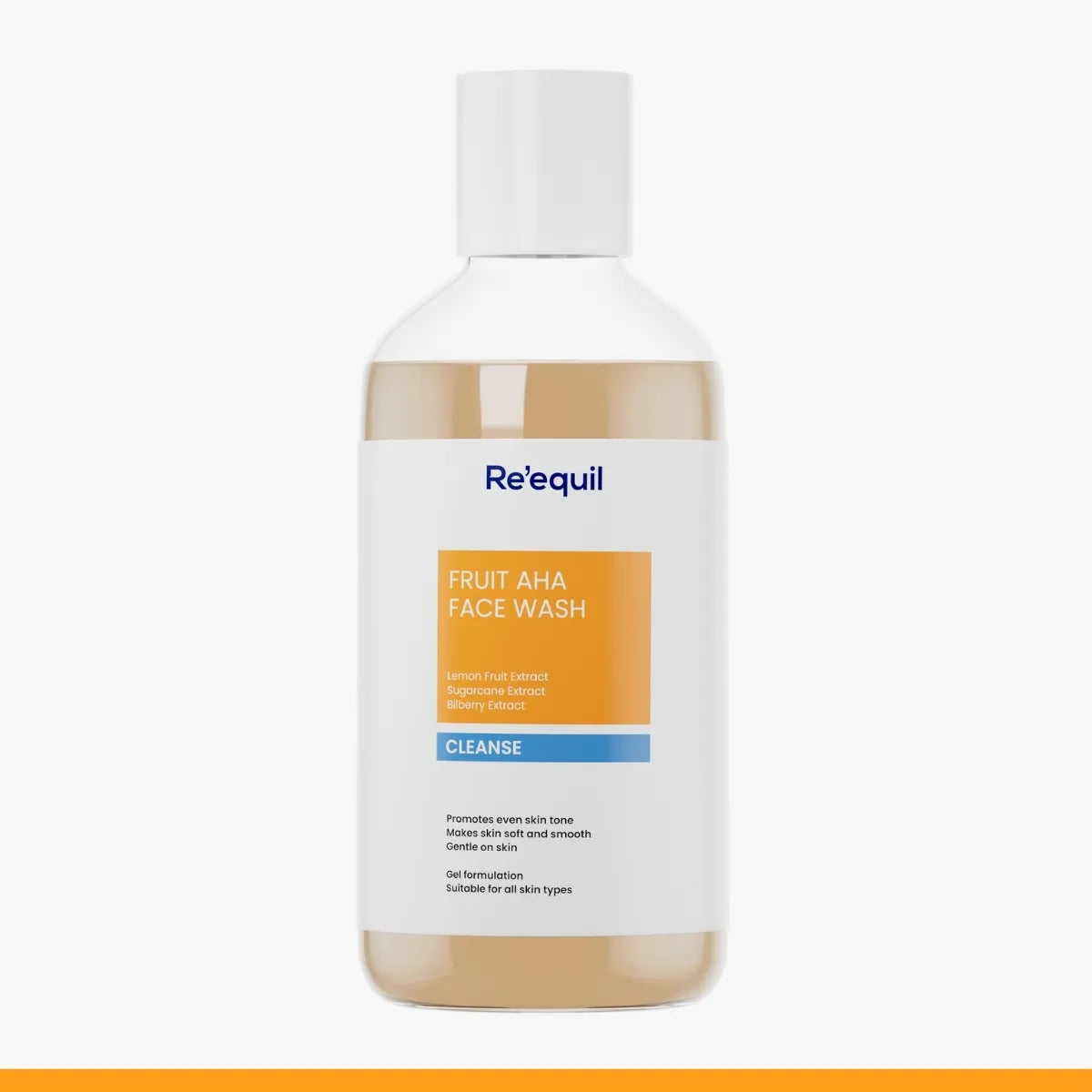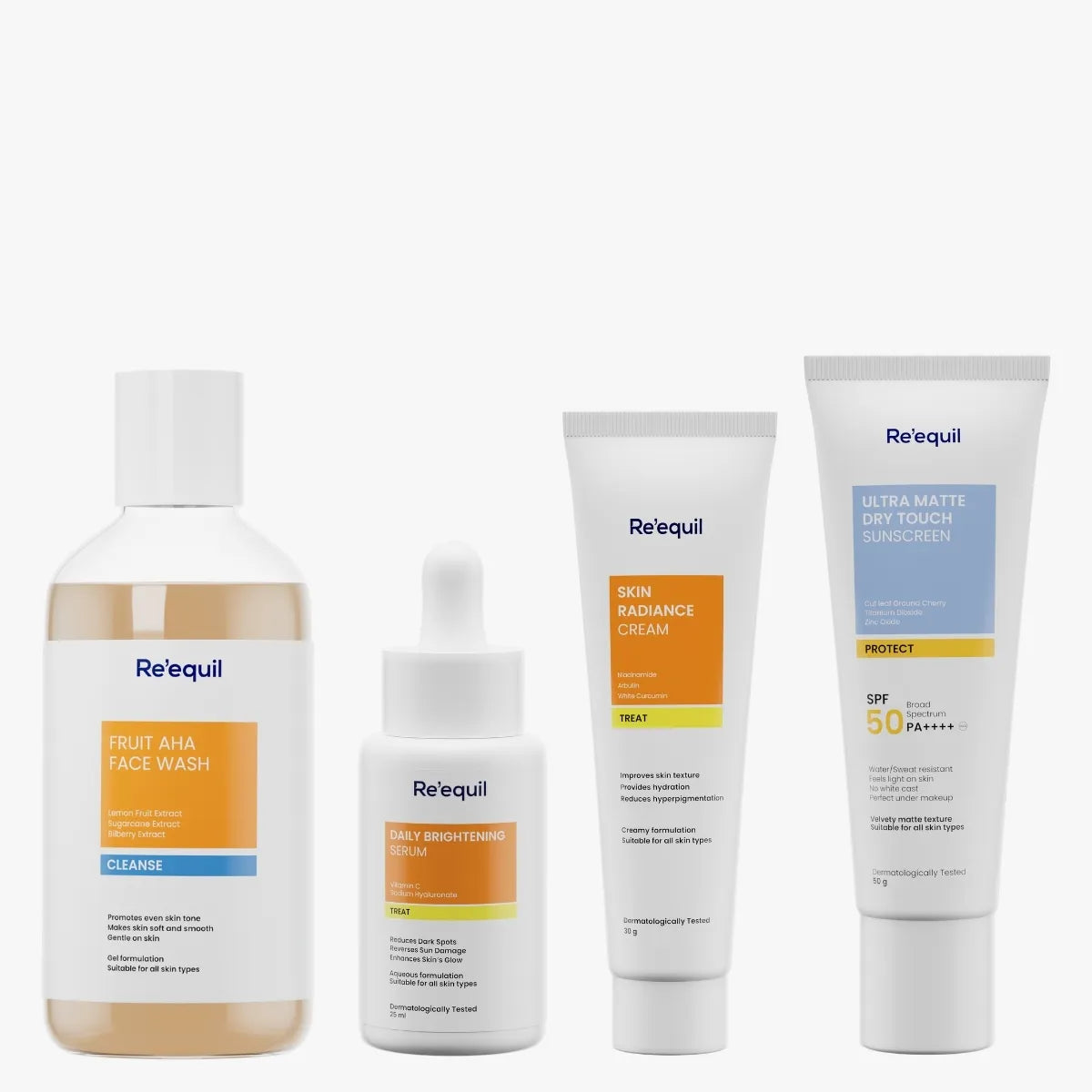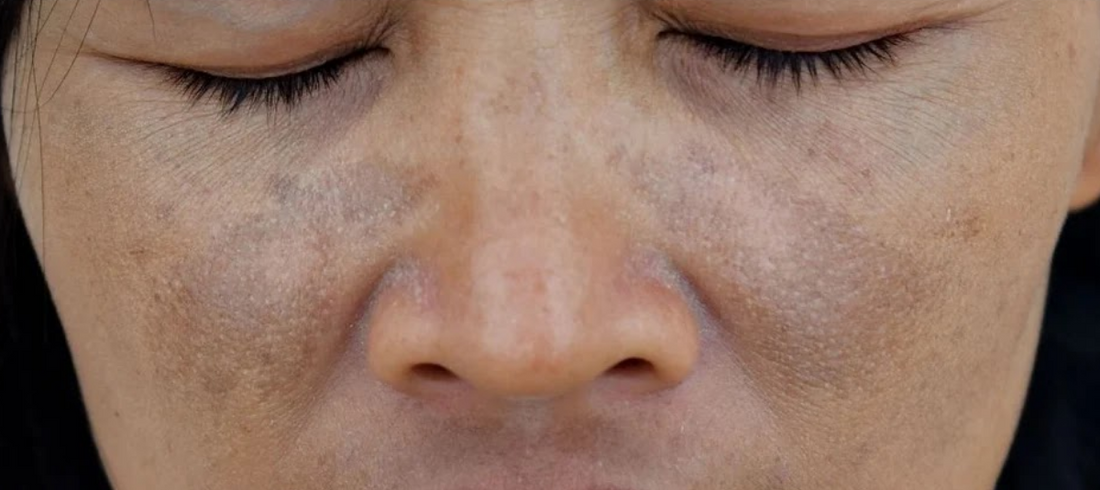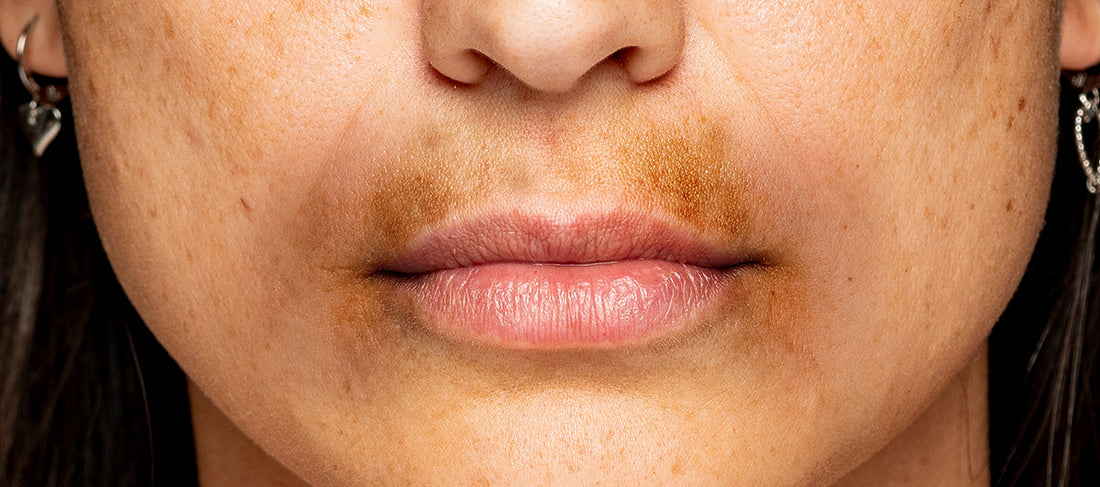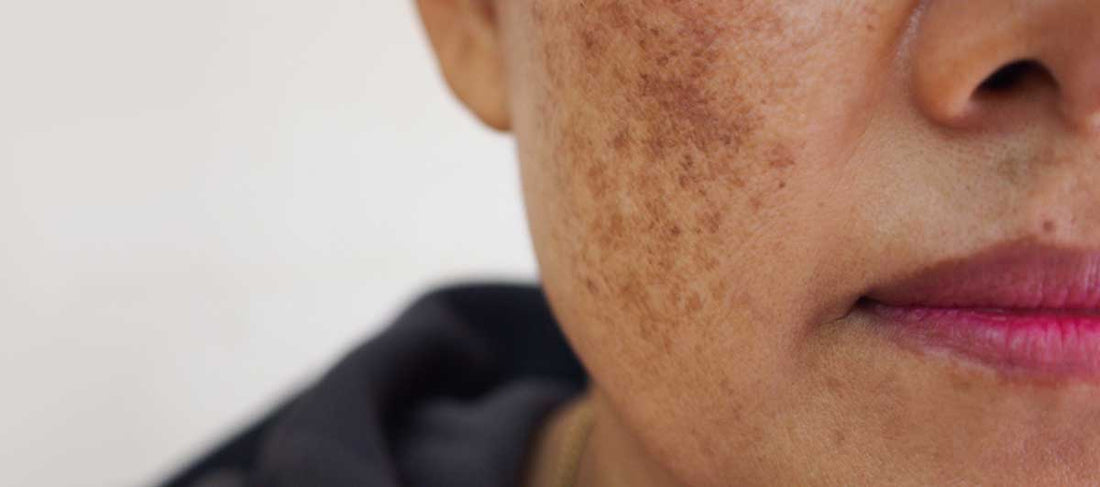Struggling with hyperpigmentation, dark spots, or uneven skin texture?
These are some of the most common skin concerns, and the right ingredients can make all the difference.
When it comes to reducing pigmentation, Kojic Acid and Alpha Arbutin stand out as two of the effective options.
But how do you figure out which one is safer, more effective, or better suited for your skin?
In this guide, we’ll break down the benefits, safety, and effectiveness of both ingredients.
Plus, we’ll explore how they can work together to help you achieve even-toned, radiant skin.
What is Kojic Acid?
Kojic Acid is a natural compound derived from fungi named Aspergillus and Penicillium, which is used in the fermentation process and producing products like Japanese sake and soy sauce etc.
It has gained scientific popularity for its remarkable ability to lighten dark spots and improve overall skin tone.
What are the benefits of Kojic Acid for skin?
This trusted choice in modern skincare routines have the following benefits -
- Reduces hyperpigmentation: Kojic Acid inhibits tyrosinase, an enzyme responsible for melanin production. This reduces dark spots, melasma, and post-inflammatory hyperpigmentation (PIH).
- Improved skin texture: It gently exfoliates the skin, smoothing uneven patches and leaving a brighter complexion.
- Antioxidant protection: Kojic Acid helps combat free radicals, reducing signs of ageing such as wrinkles and dullness.
- Anti-Inflammatory Properties: It soothes irritated skin, making it effective for calming redness caused by acne or environmental damage.
The best way to add Kojic Acid into your skincare routine
To make the most of its benefits while avoiding potential side effects, incorporating Kojic Acid into your skincare routine requires a mindful and structured approach.
1. Start with low concentrations
Begin with products containing 1% Kojic Acid or lower to avoid irritation, especially if you have sensitive or reactive skin.
2. Combine it with Niacinamide or Hyaluronic Acid
Pair Kojic Acid with Niacinamide for added soothing and brightening effects or Hyaluronic Acid to maintain hydration and skin barrier health.
3. Prioritize sun protection
Kojic Acid increases skin sensitivity to UV rays. Always use a broad-spectrum sunscreen during the day to protect your skin and prevent further pigmentation.
4. Avoid harsh exfoliants
Kojic Acid can cause skin sensitivity. Avoid using it alongside strong exfoliants like AHA, BHA, or retinoids, as this could lead to irritation.
Stick to gentle skincare products when using Kojic Acid.
5. Monitor your skin's response
Pay close attention to how your skin reacts to Kojic Acid, especially in the beginning.
If you notice redness, burning, or peeling, reduce usage frequency and consult a dermatologist.
What is Alpha Arbutin and its growing appeal?
Alpha Arbutin is a water-soluble derivative of hydroquinone that is extracted from bearberry leaves.
Unlike hydroquinone, which is known for its potential side effects, Alpha Arbutin offers a gentler yet effective approach to brightening the skin.
Why Alpha Arbutin is a skincare must-have
Known for its effectiveness and compatibility with all skin types, Alpha Arbutin is a popular choice for achieving the following benefits -
- Gradual skin brightening: Alpha Arbutin reduces melanin production over time, resulting in a brighter complexion.
- Gentle on skin: Its mild action makes it suitable for all skin types, including sensitive and acne-prone skin.
- Prevents future pigmentation: Regular use not only fades existing spots but also prevents the formation of new ones.
- Versatility: It pairs well with active ingredients like Niacinamide and Hyaluronic Acid, fitting seamlessly into most skincare routines.
The best way to add Alpha Arbutin into your skincare routine
When incorporated correctly, Alpha Arbutin can significantly improve the overall appearance of the skin.
Here is how you can integrate it into your skincare routine for the best results -
1. Layer with Hydrating Ingredients
To enhance its brightening effect and prevent dryness, layer Alpha Arbutin with hydrating ingredients like hyaluronic acid or glycerin.
These ingredients help maintain your skin’s moisture balance while improving its radiance.
2. Introduce Alpha Arbutin serum or cream
Alpha Arbutin is most effective when applied in its pure form or in a concentrated serum, which can deliver the ingredient directly to the skin.
However, start with a lower concentration (1-2%) and gradually increase the frequency of application.
3. Apply in the morning and night
For the best results, use Alpha Arbutin twice a day, in both morning and evening skincare routines.
This ensures continuous lightening action and maintains an even skin tone.
4. Pair with other brightening actives
Alpha Arbutin works well when combined with other brightening ingredients like vitamin C or Niacinamide.
However, be cautious when layering products to avoid overloading the skin.
5. Use sunscreen
As with all brightening ingredients, it is essential to apply sunscreen daily when using Alpha Arbutin.
Sunscreen helps protect your skin from UV damage, preventing further pigmentation and ensuring that the ingredient works effectively.
Alpha Arbutin or Kojic Acid: Which is better for hyperpigmentation?
When it comes to treating hyperpigmentation, both Kojic Acid and Alpha Arbutin are highly effective, but their effectiveness depends on the severity of the condition and individual skin type.
Kojic Acid
Known for its quick action, Kojic Acid is ideal for addressing stubborn pigmentation such as melasma, age spots or sun-induced discoloration. It delivers visible results within weeks of consistent use.
Alpha Arbutin
While its effects take longer to become noticeable, Alpha Arbutin offers a gentler and more gradual approach.
It’s particularly effective for mild to moderate pigmentation issues or for maintaining an even complexion.
Verdict
For those looking for rapid results, Kojic Acid may be the better option. However, individuals with sensitive skin or those seeking long-term maintenance will benefit more from Alpha Arbutin.
Which one has more side effects, Kojic Acid or Alpha Arbutin?
The safety profile of skincare ingredients plays a crucial role in their suitability for different skin types.
Kojic Acid side effects:
- Kojic Acid can cause irritation, redness, or peeling, especially when used in high concentrations.
- It increases the skin’s sensitivity to sunlight, requiring the consistent use of sunscreen.
Alpha Arbutin side effects:
- Alpha arbutin is much milder and rarely causes irritation or sensitivity.
- Overuse may lead to mild dryness, but this can be easily managed with a hydrating moisturiser.
Safety Verdict:
Alpha Arbutin is significantly safer and better tolerated than Kojic Acid, making it a preferred choice for individuals with sensitive or easily irritated skin.
Kojic acid, while effective, requires careful application and proper sun protection to minimize side effects.
Can you use them both together?
Yes, Kojic Acid and Alpha Arbutin can be used together to maximise their brightening effects, but it is essential to follow certain precautions to avoid overloading the skin.
Their combined action works on pigmentation at various stages of melanin production, offering faster and more complete results. Together, they help fade stubborn dark spots while also preventing new ones from appearing.
How to safely combine them:
- Patch test first: Always perform a patch test to check for any potential adverse reactions.
- Layer strategically: Apply alpha-arbutin in the morning and Kojic Acid at night to minimise irritation.
- Sun protection: Both ingredients increase sun sensitivity, so sunscreen is non-negotiable.
Expert tip: Look for pre-formulated products that contain both ingredients in balanced concentrations. This ensures compatibility and minimises the risk of irritation.
Is Kojic Acid stronger than Alpha Arbutin?
In terms of potency, Kojic Acid is stronger than Alpha Arbutin. Its ability to inhibit tyrosinase more effectively makes it a popular choice for treating severe hyperpigmentation and melasma.
While less potent, Alpha Arbutin offers a safer and more consistent approach to brightening the skin. It is particularly suitable for daily use and long-term maintenance without the risk of compromising the skin barrier.
Final Verdict: Kojic Acid may be the go-to for short-term, targeted treatment of dark spots, while alpha arbutin is ideal for those seeking a gentle and sustainable solution.
